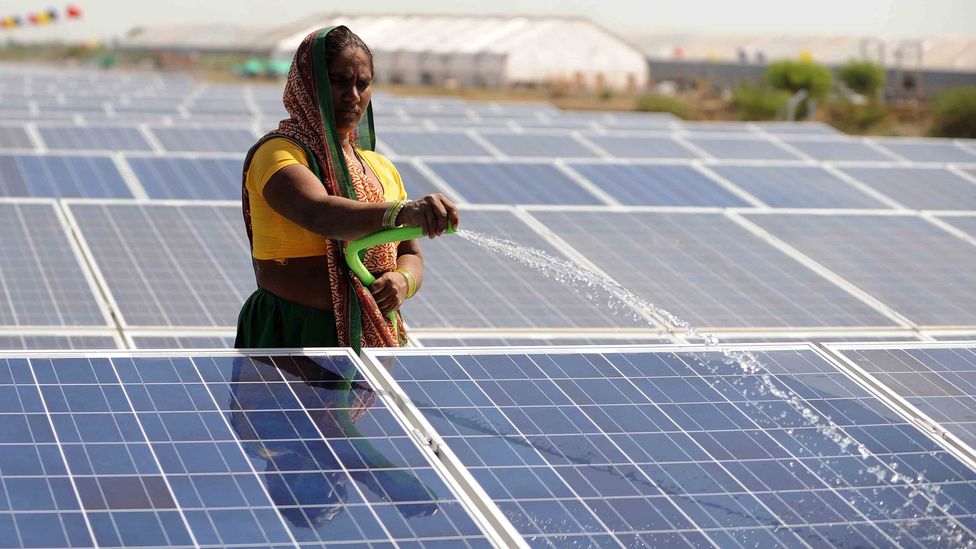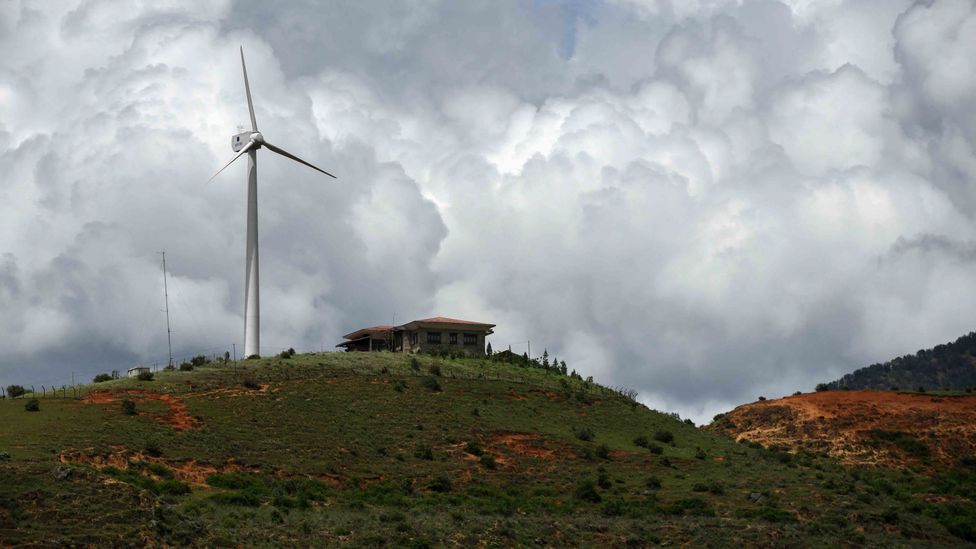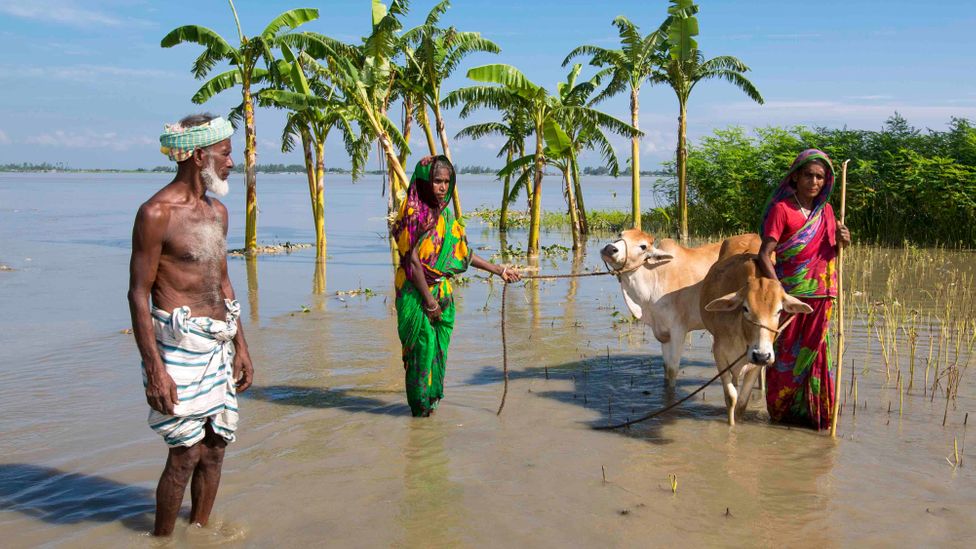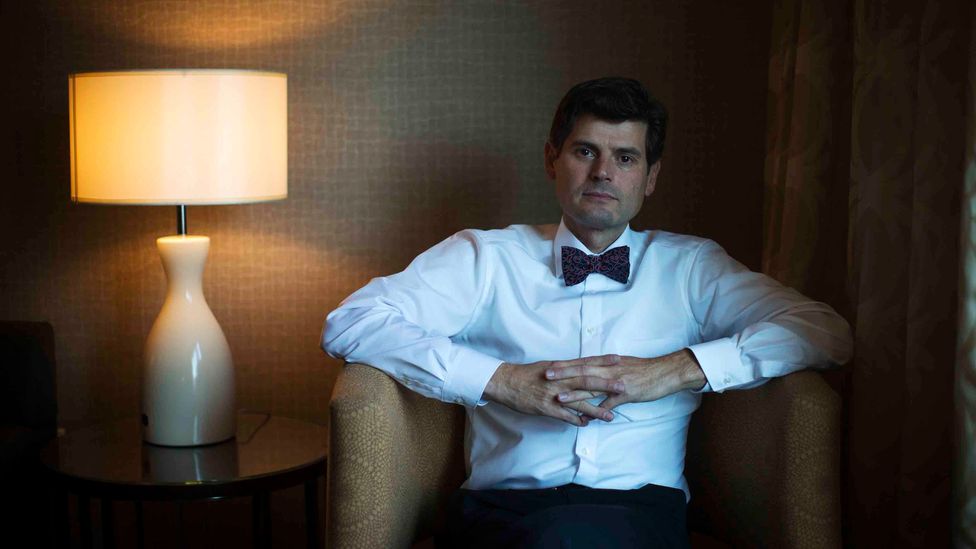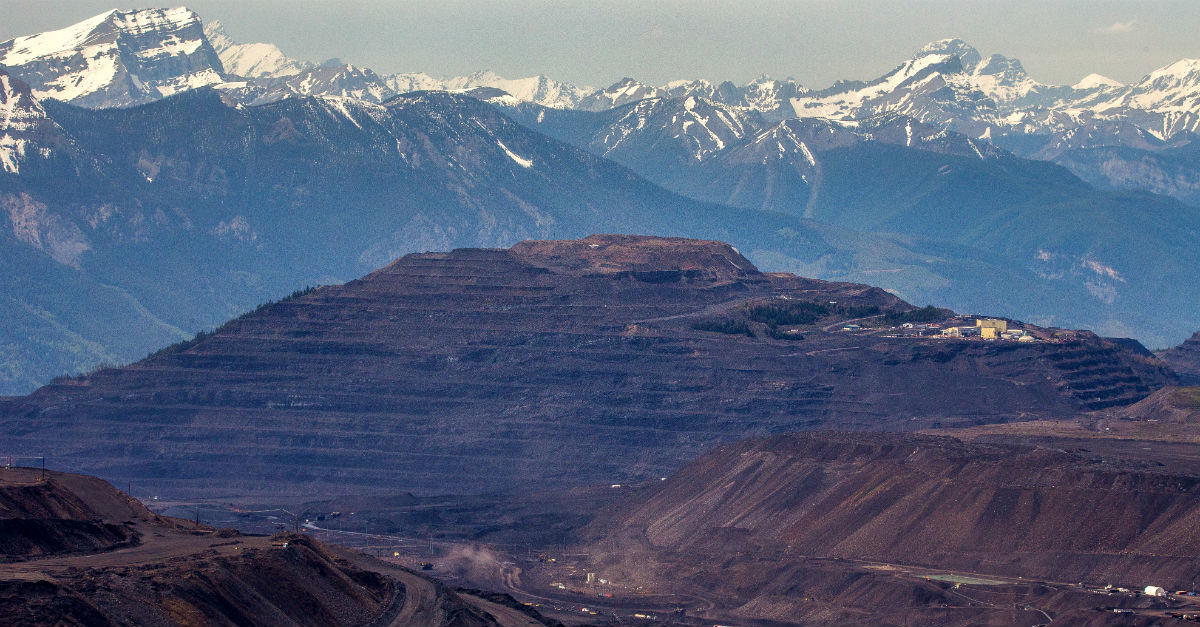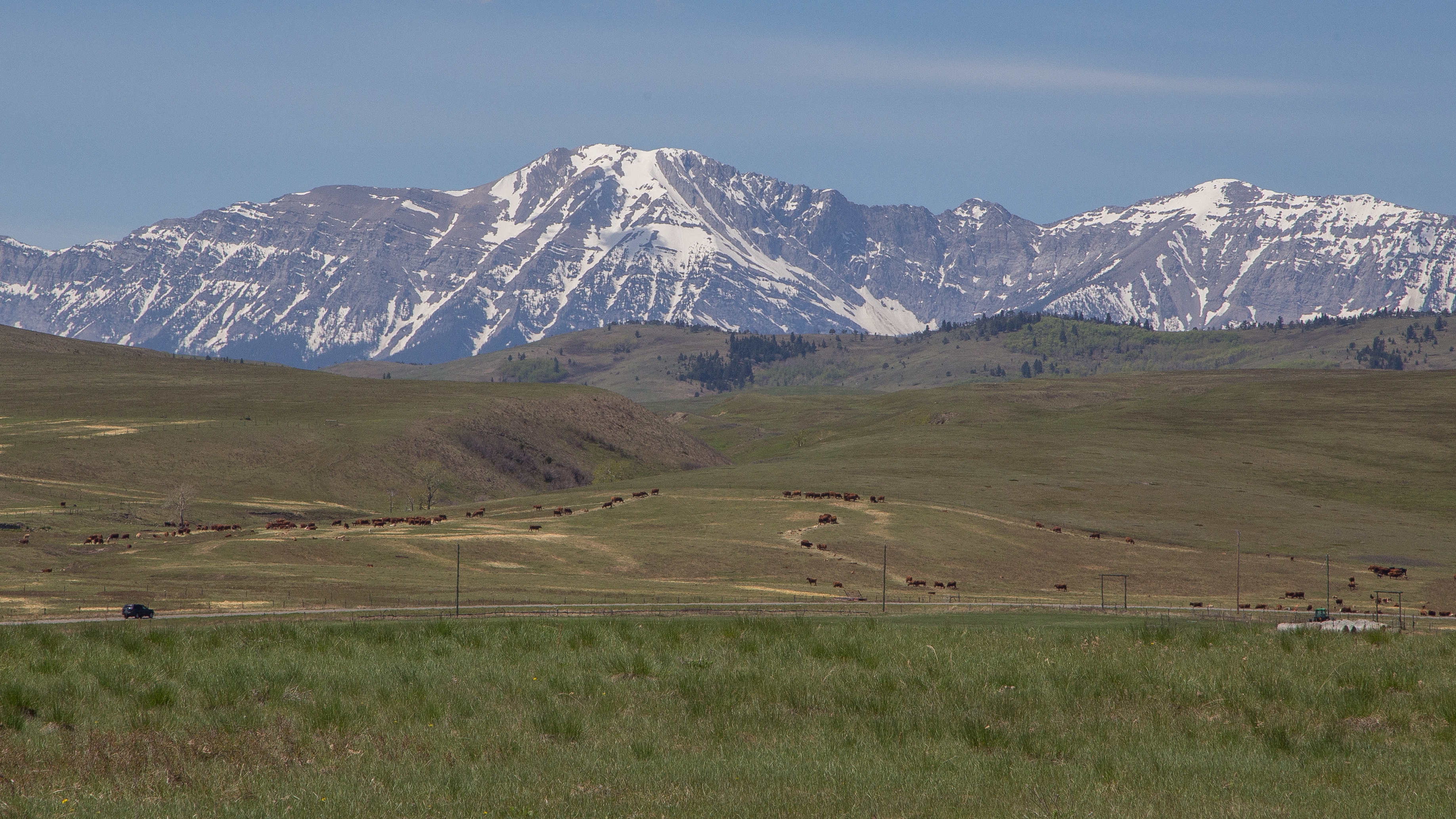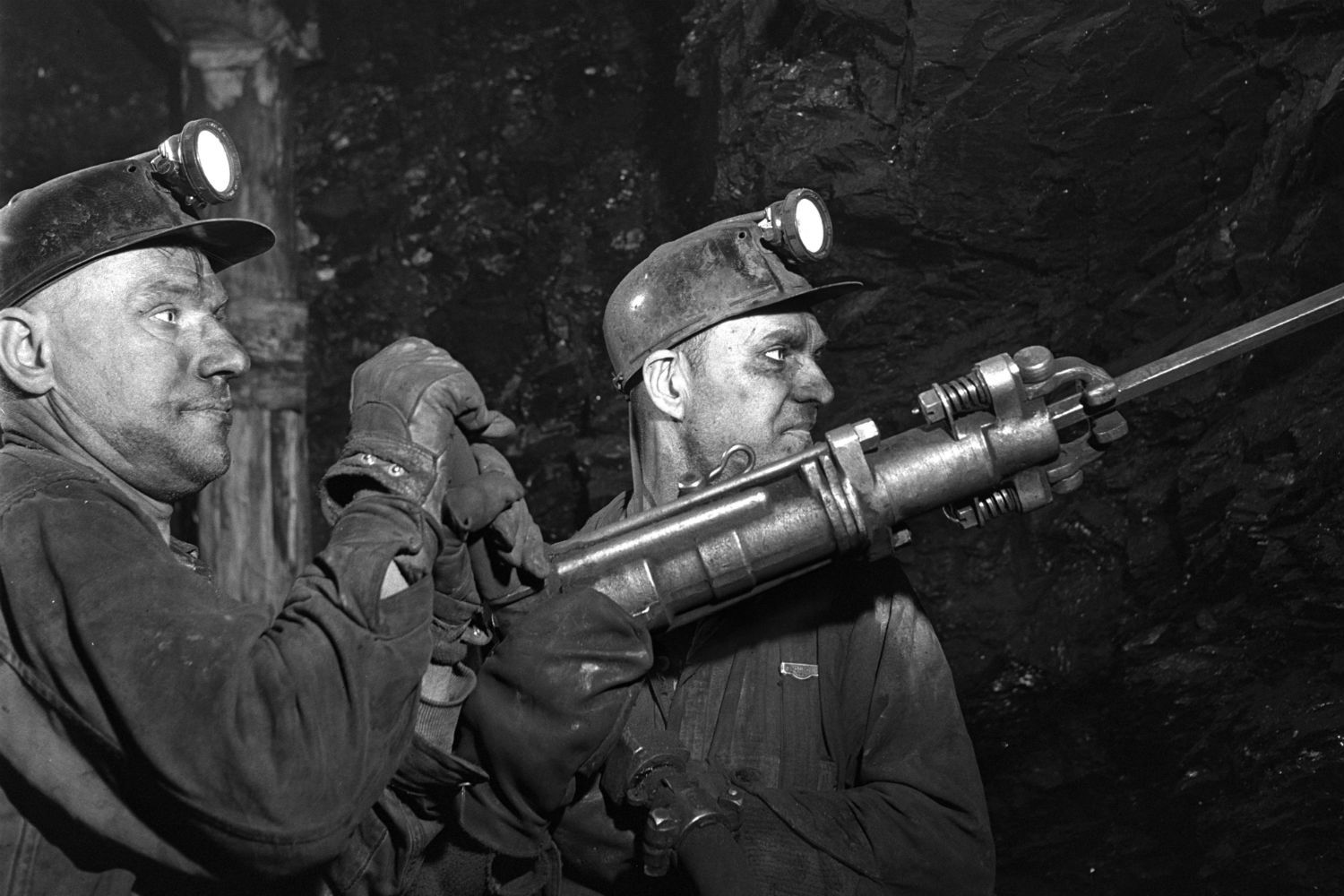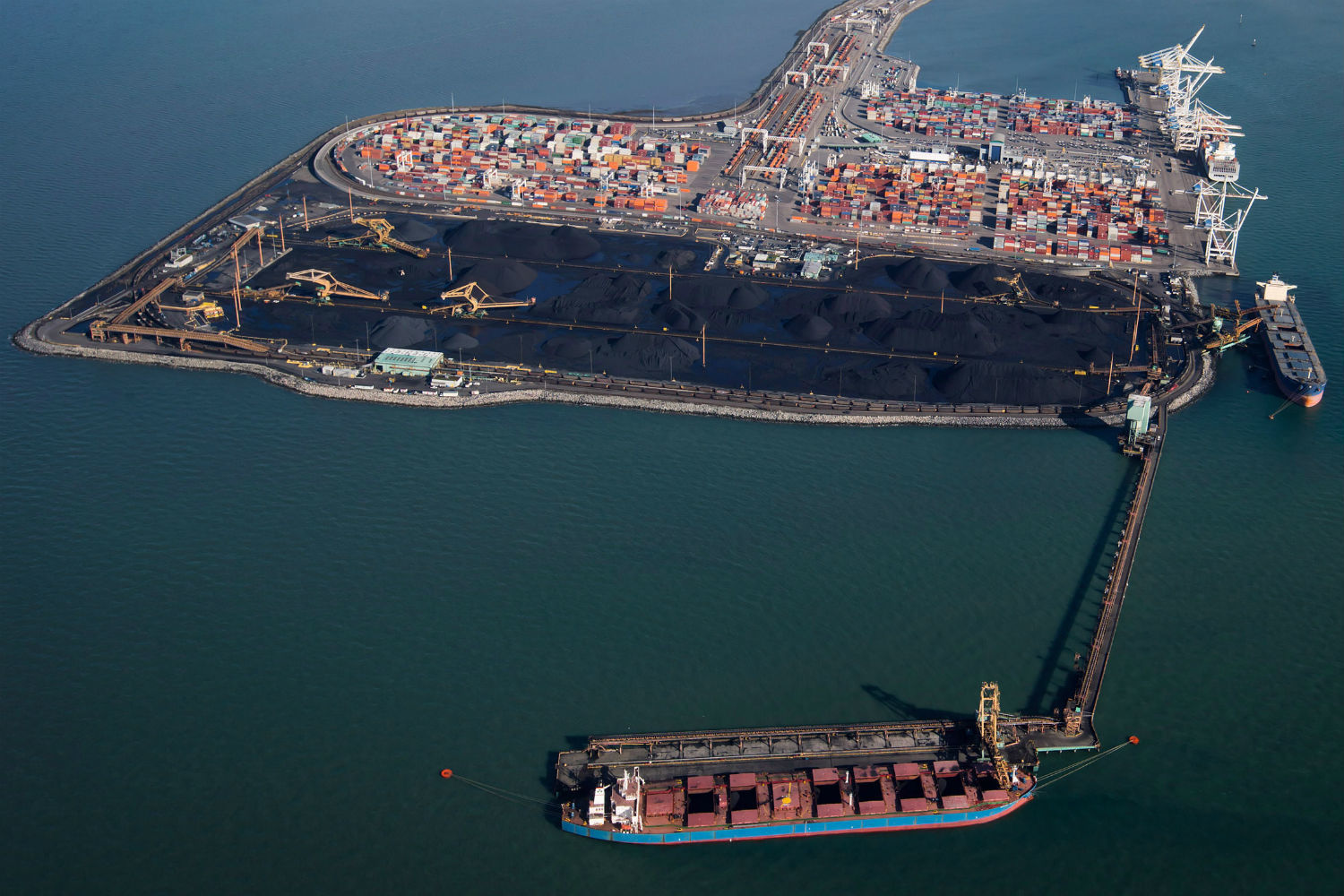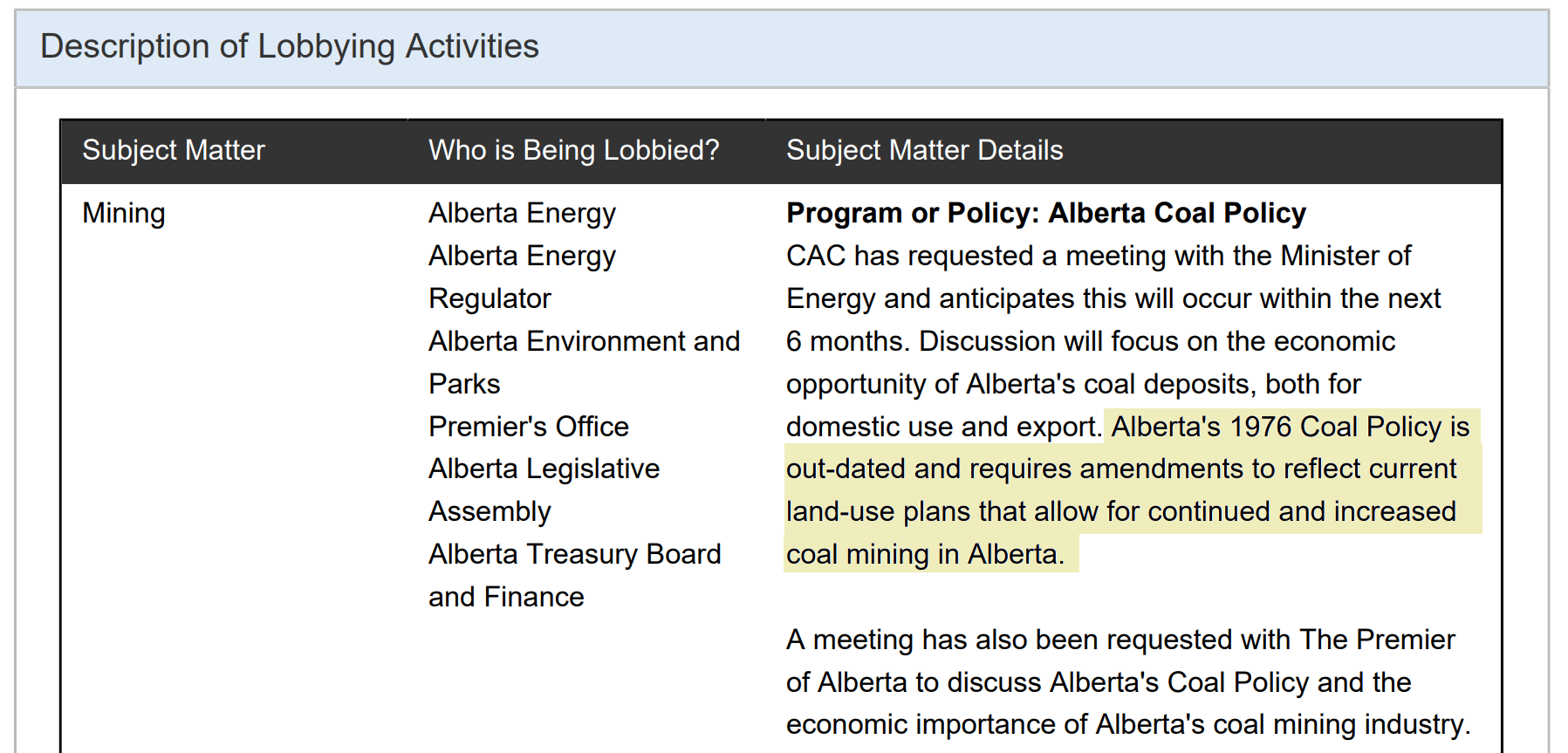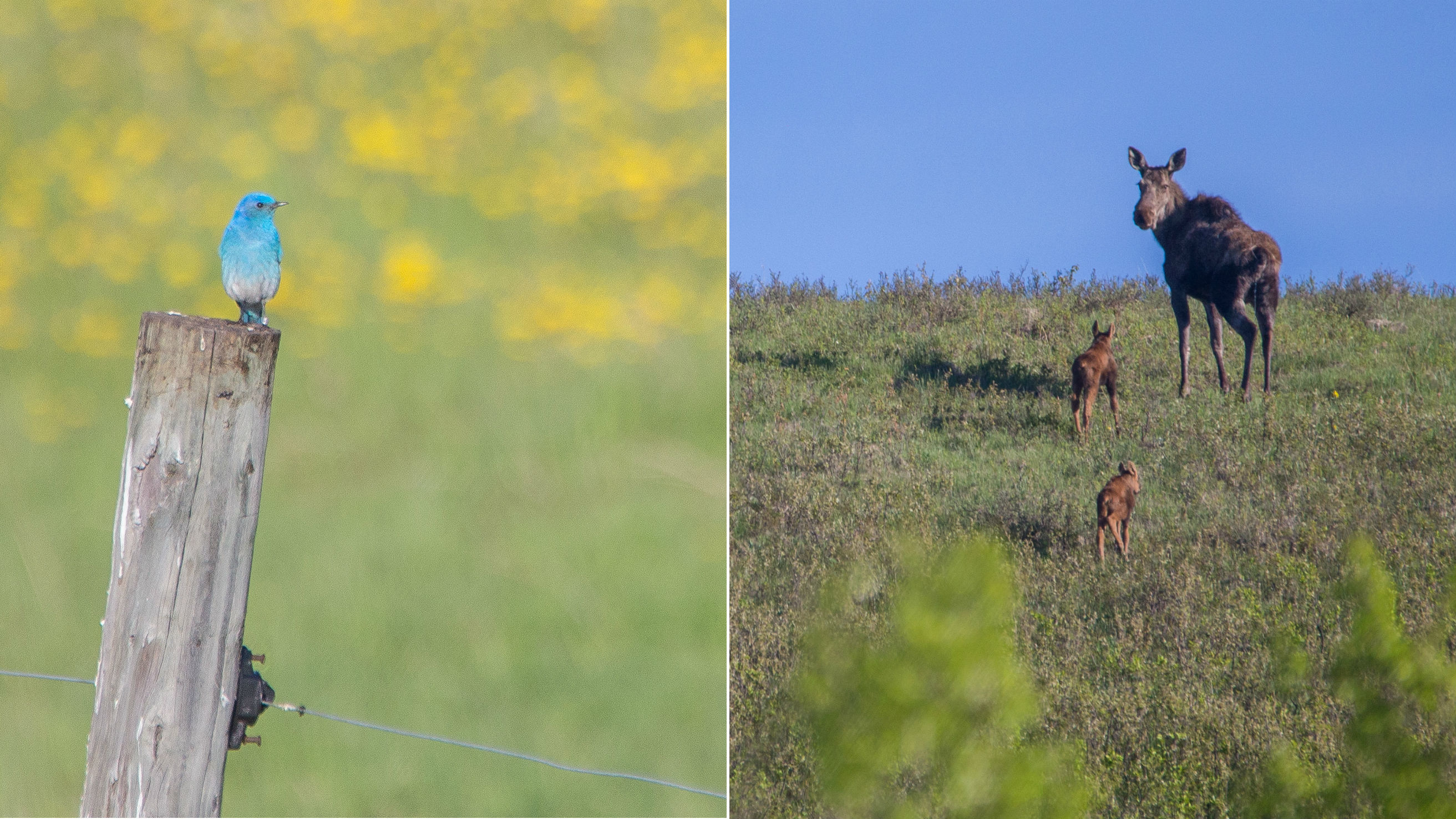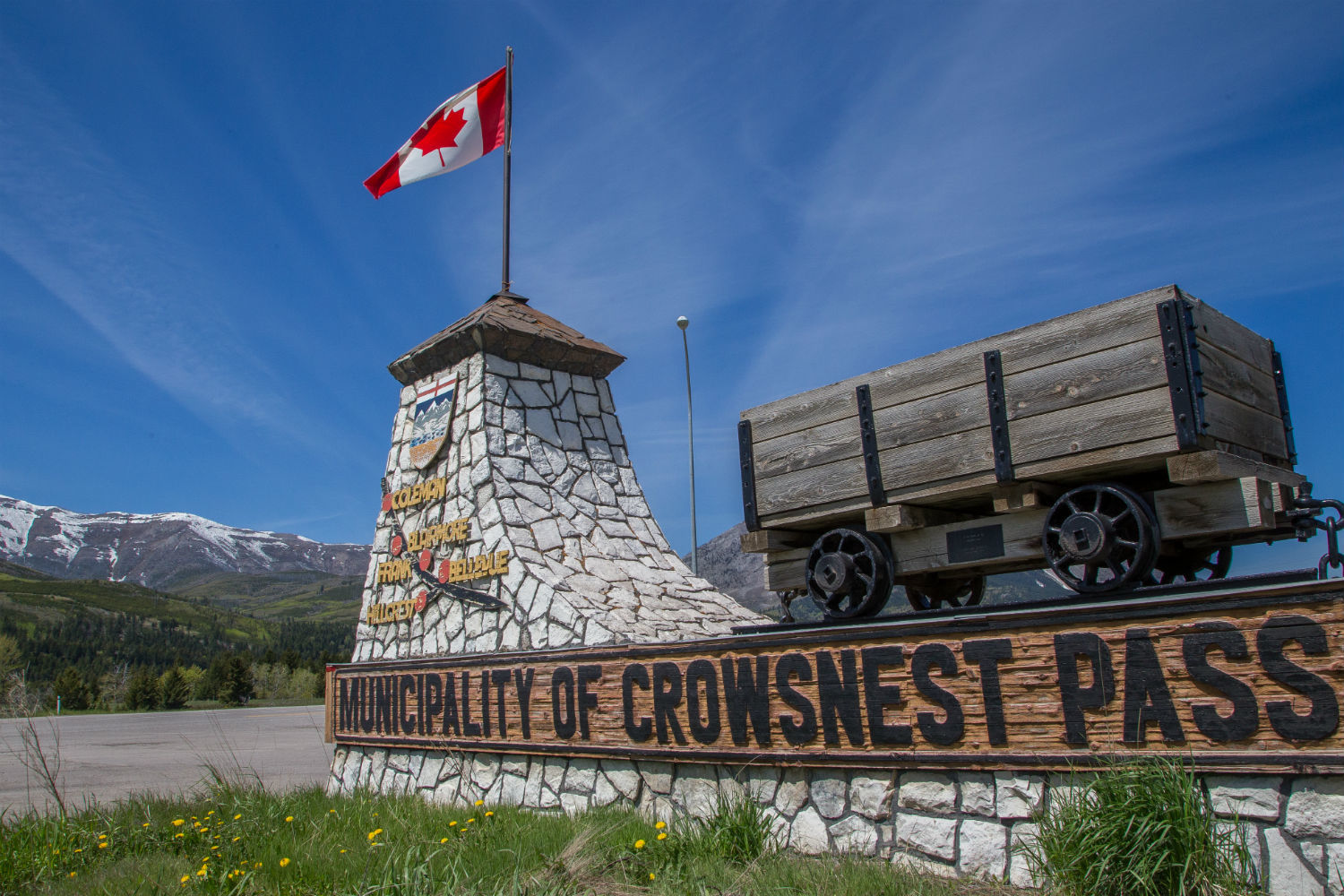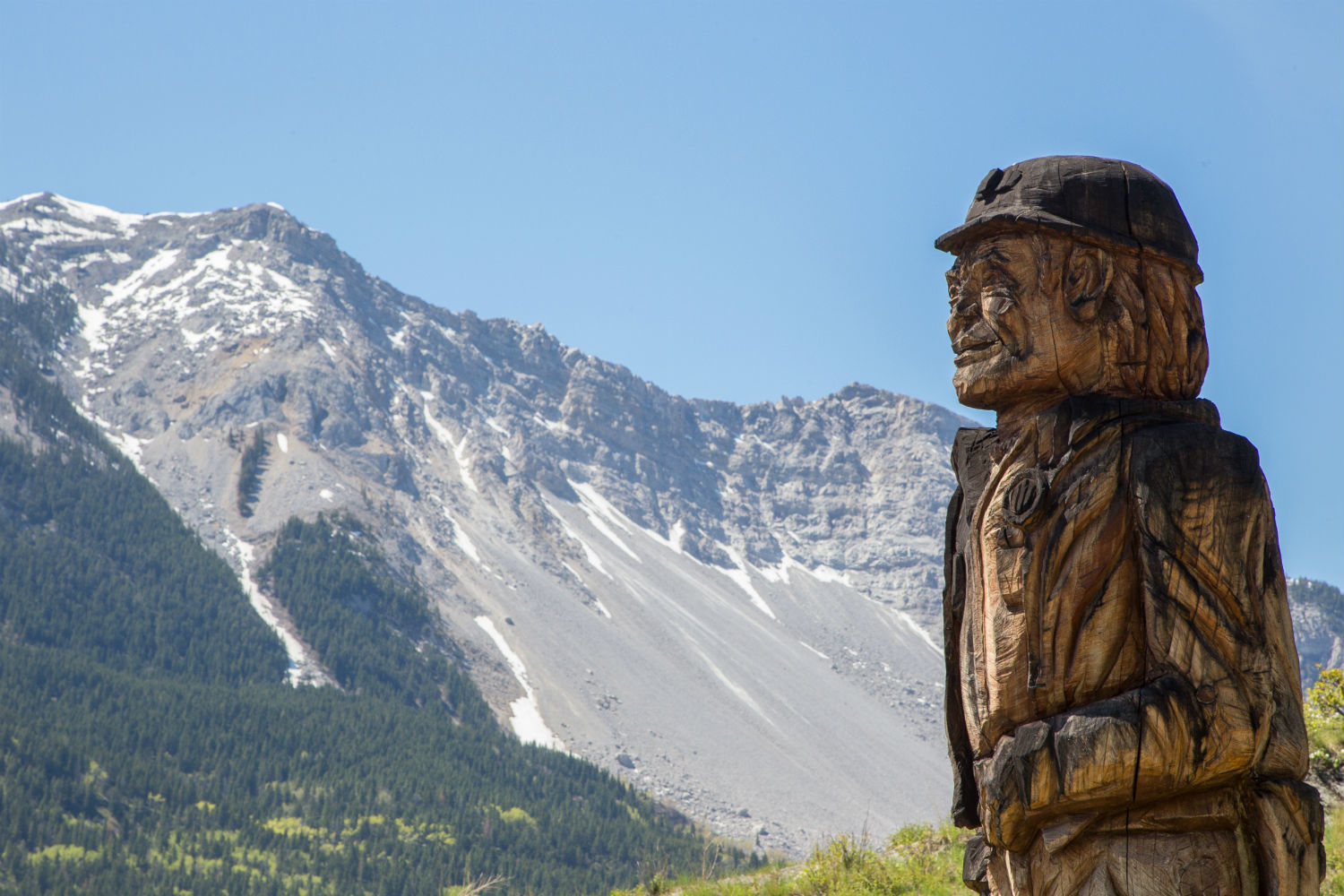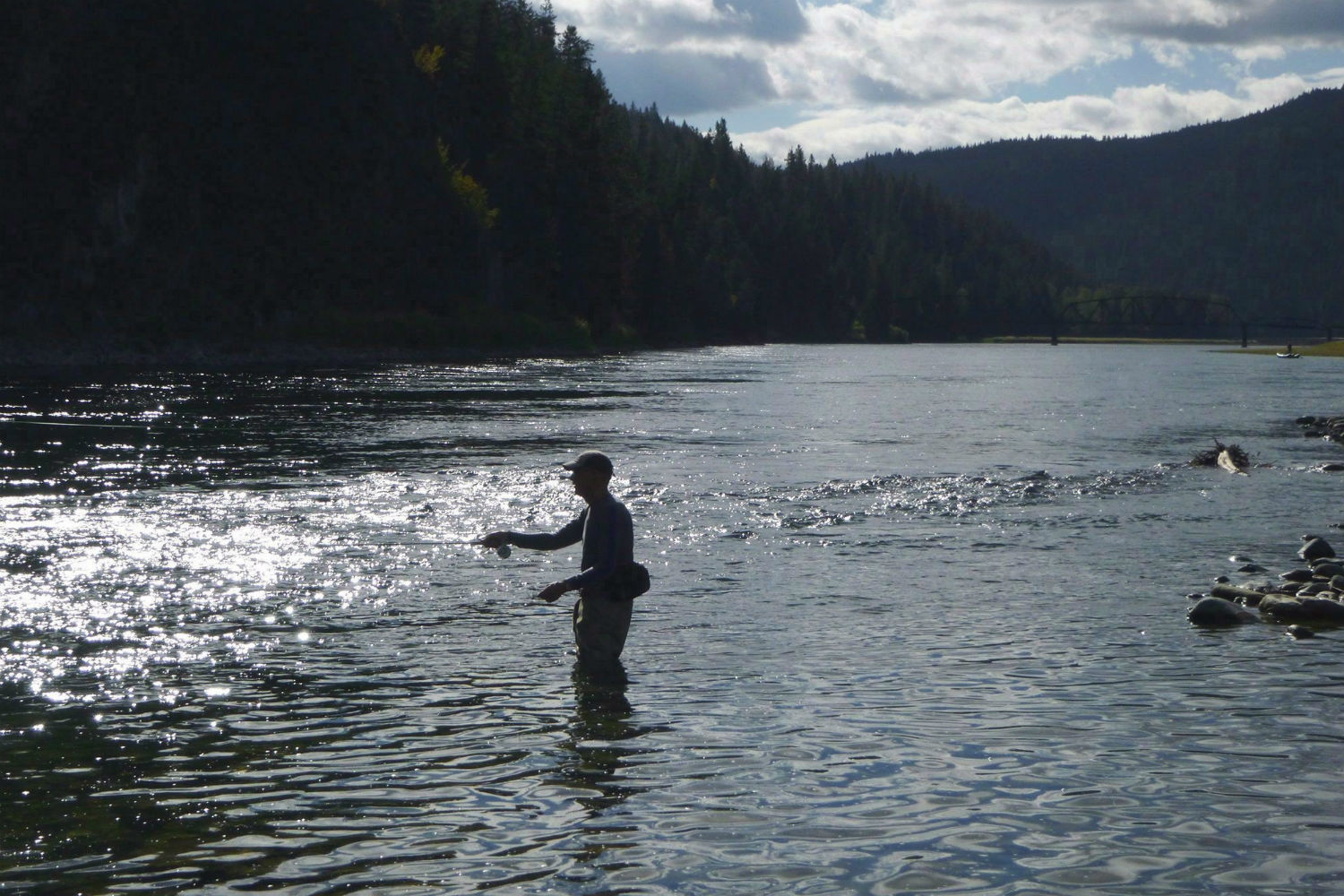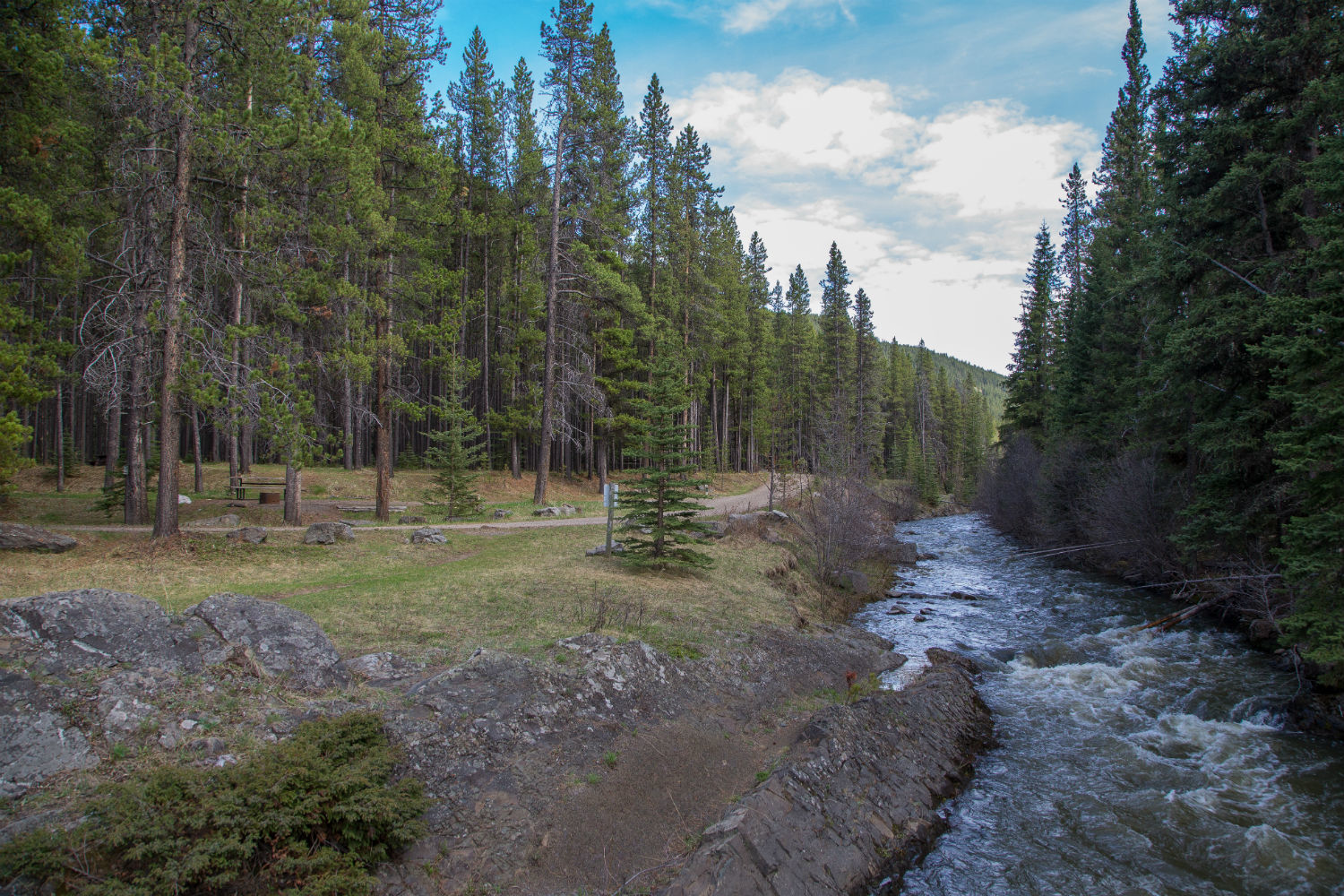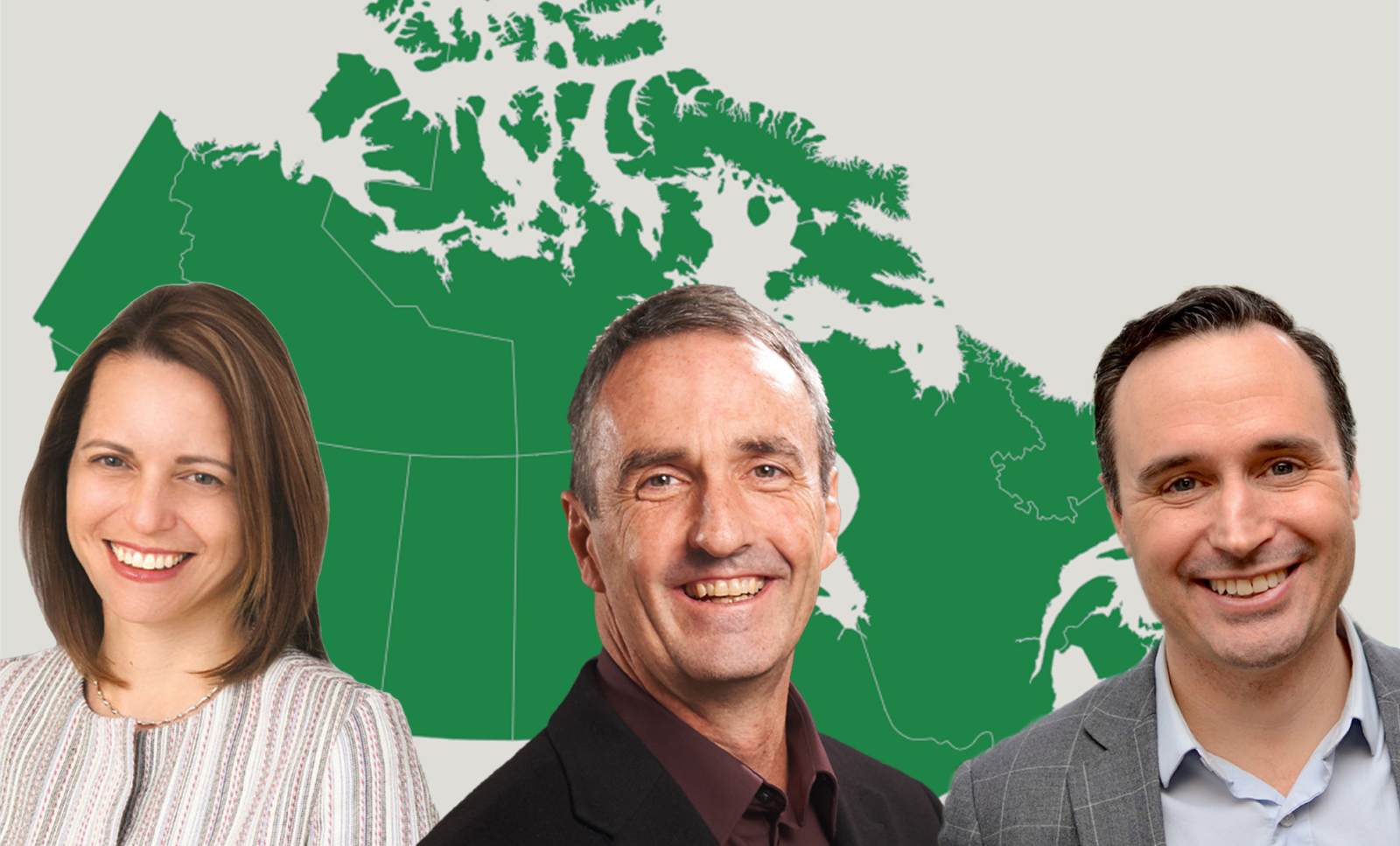
Graphic by Lev Krag for Green Stimulus series. L-R: Barbara Zvan, Stewart Elgie,Mike Kelland
Mike Kelland takes chances and his latest venture may be his riskiest one to date.
“This is my 10th company,” says the Ottawa-based software entrepreneur. “And some of them actually worked.”
Kelland is the CEO of an early-stage startup called Planetary Hydrogen. He’d like this endeavour to be his last — and greatest success.
His company produces hydrogen, a clean and powerful source of energy.
Many advocates and experts insist that if Canada is to reach its emission targets to cut greenhouse gases by 2030 and 2050, respectively, it must rely on clean power.
“It is a clean fuel,” says Kelland. “And for a lot of things that are difficult to electrify, you instantly have a decarbonized fuel source.”

He says his sales pitch is going well. The banks seem to be listening. When the Canadian economy emerges from what some economists have called a “self-induced coma,” Kelland will intensify the hunt for more cash.
Discussions about moving from fossil fuels to cleaner sources of power such as hydrogen will ramp up as consumers, governments and investors struggle with the best ways to shift to a greener economy.
“The Canadian industry is quite (well-) known globally,” says Mark Kirby, president and CEO of the Canadian Hydrogen and Fuel Cell Association, an organization he calls the “voice of the sector.”
He says hydrogen could help cut greenhouse gas emissions by up to 40 per cent, according to numbers crunched by governments within Canada and beyond.
The nature of the green-stimulus discussions could provide a blueprint for how consumers, governments and the private sector invest in a sustainable economy.
“That’s not me, (but) numbers that have been developed globally, by the Canadian government, by the B.C. government, by the Quebec government, by others,” he says.
Kirby and Kelland are betting that hydrogen becomes part of a broader conversation about how Canada can power its way to greater prosperity by investing in a green and sustainable technology that will allow us to commute, heat our homes and travel without polluting the environment.
As parts of the economy are slowly and tentatively emerging from the COVID-19 lockdown, the federal government is making it clear it will continue to review the recovery and future economic activity through a green lens. Prime Minister Justin Trudeau’s marching orders to his cabinet ministers in his mandate letters are peppered with instructions: invest in “green and public transit infrastructure”; “exceed Canada’s 2030 emissions reduction goal”; “achieve net-zero emissions by 2050”; and “… move more electricity between provinces and regions supporting the electrification of Canadian industries.”
Ministers of Infrastructure and Communities, Environment and Climate Change Canada, and Natural Resources Canada have been tasked with more specific instructions to think longer term about green stimulus.
The nature of the green-stimulus discussions could provide a blueprint for how consumers, governments and the private sector invest in a sustainable economy.
Canada’s National Observer intends to be an integral part of that discussion.
We are embarking on a project, funded by the Trottier and Ivey foundations, to search for answers, exploring what a green stimulus package for Canada might look like from the so-called “shovel-worthy jobs” that have been making headlines of late, to public policy and budgetary packages to incentivize a longer-term transition to cleaner growth.
Our series will include explanatory journalism, in-depth reporting, and opinion pieces by leading thinkers in the field, as well as interviews with key policymakers, environmental advocates, and federal leaders on how Canada can seize the moment to meet its climate goals while furthering economic recovery.
It is also important to stress that all of our journalism in this series is independent of any outside party, including the Trottier and Ivey foundations, and adheres to the editorial standards of National Observer’s ethics and guidelines and The Trust Project.
Defining ‘shovel-worthy’
Infrastructure and Communities Minister Catherine McKenna raised a few eyebrows last month when she talked to reporters about freeing up more than $3 billion for so-called “shovel-worthy” initiatives for provinces and municipalities to design projects to help communities develop pandemic-related measures, such as renovations to facilitate physical distancing in public and private spaces.
The shovel-worthy designation could be a derivative of the term “shovel-ready,” which became a feature of the Economic Action Plan that the Conservative government of Stephen Harper launched in its 2009 budget. The idea was to “quickly turn the economy around and create jobs.” This meant spending money on infrastructure projects deemed ready enough to begin digging and building right away.
“So, shovel-worthy? People ask me that,” said McKenna during a May 26 digital townhall conversation with the Surrey Board of Trade.
“… They could be projects that have an environmental benefit… that could go ahead quickly… With the COVID stream, we try to identify projects where you don’t necessarily need a huge lead time, where you might not have massive planning. So, if you’re… retrofitting a building, you wouldn’t have massive planning… Communities have projects that are ready to go.”
McKenna describes these small-scale projects, no more than $10 million, as “low-hanging fruit.”
There seems to be little disagreement about the need to get money immediately out the door to help citizens cope with a pandemic that will almost certainly be with us until there’s a vaccine.
Even the federal government’s top spending watchdog is on board.
“What we need, probably now more than ever, are investments that will facilitate the containment of the virus and a pandemic, which nobody thought of six months ago,” said parliamentary budget officer Yves Giroux in an interview with National Observer.
The federal government’s shift to measures to stimulate longer-term green economic growth that creates jobs and protects the environment promises to be more complicated and subject to more debate and less consensus.
Spending more money
Infrastructure Canada is one of 14 federal departments and agencies delivering programs under the $180-billion Investing in Canada Plan. A portion of the plan has been set aside for “green” projects such as water treatment plants and clean power.
As of May 27, slightly more than $65 billion has been committed to 52,083, according to Infrastructure Canada’s most recent estimates provided to National Observer.
“Almost all of these projects are either underway or completed,” said department spokesperson Sabrine Barakat in an emailed response.
Despite the money already committed, there have been consistent complaints that successive governments have been too slow to make the cash available.
“What we found in our multiple reports over the years, is that the government’s initial plans… are always postponed,” said Giroux.
“They can never proceed in pushing money out the door… at the same pace as they initially think.”’
The reasons are many: too much red tape; the need to get buy-in from other levels of government; conflicting priorities; and politics.
However, the government is attempting to overcome these obstacles by expanding the definition of eligible projects, and approving money more quickly.
To date, the priorities from the provinces and cities have been large projects, including public transit, waste water treatment improvements, and renewal of water pipes, according to a National Observer analysis of the projects approved so far under the Investing in Canada Plan.
The challenge for the government is to ensure that projects yet to be submitted and approved create jobs and protect the environment in all sectors of the economy.
“(Former U.S. president Barak) Obama helped put the auto industry on a path to clean competitiveness. And we need to do that same thing here,” said Stewart Elgie, professor of law and economics at the University of Ottawa, chair of the Smart Prosperity Institute, and a member of the recently formed federal Task Force for a Resilient Recovery.
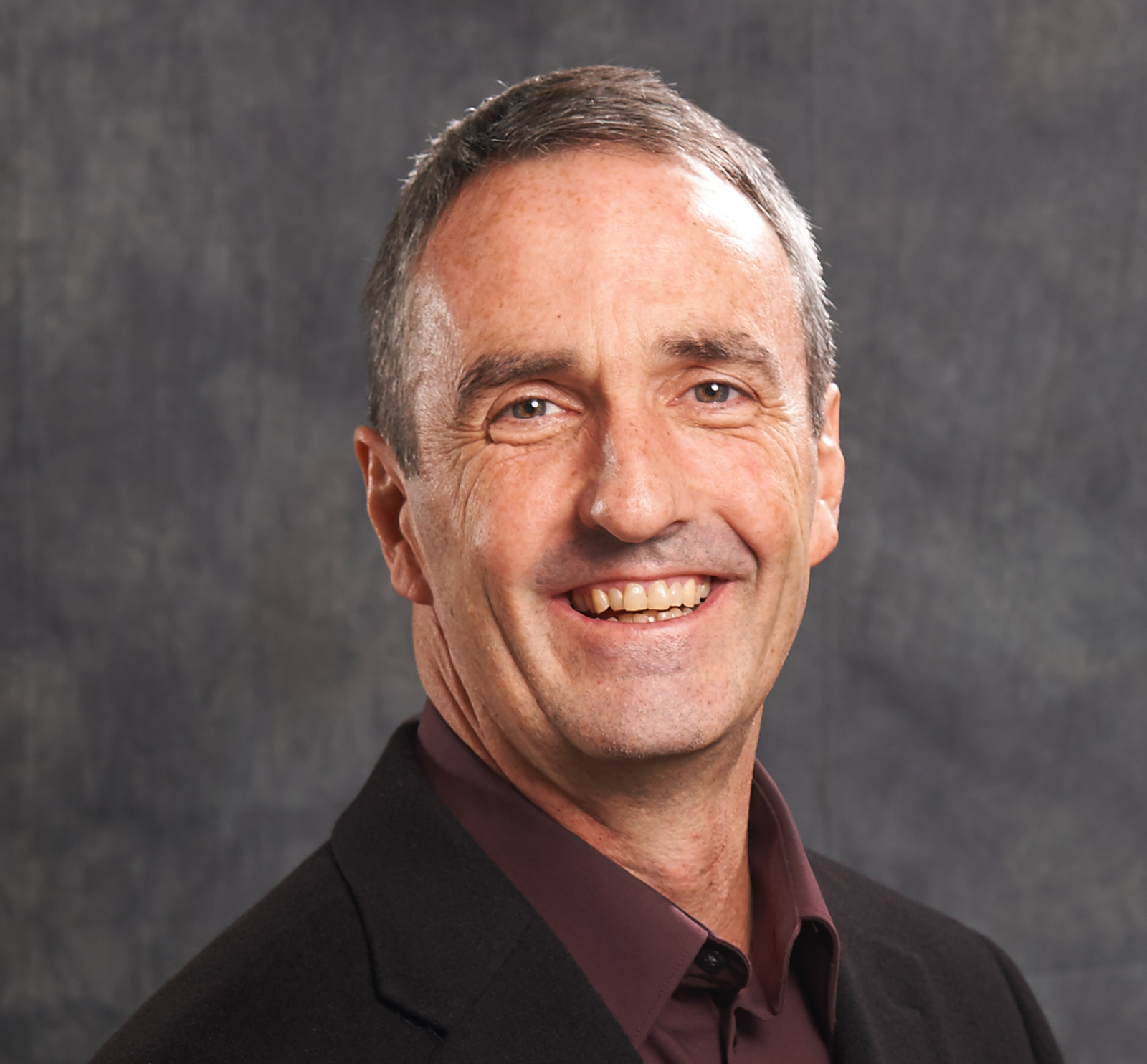
“As we invest to help our industries recover, we have to put them on a path to clean competitiveness because that is where the wealth and jobs of the future will be.”
Catherine McKenna’s December 13, 2019, mandate letter provides an interesting example of the shape that path could take. The federal minister must “work with provinces and territories to introduce new funding to help school boards and municipalities purchase 5,000 zero-emission school and transit buses over the next five years.”
Making the pitch to investors
Governments and public institutions, such as transit authorities, can’t do it all. That’s in large part because they only have so much money and imagination. To make the available public dollars stretch even further, Ottawa will need to get more businesses to invest in charging stations for electric buses, for example, in addition to a host of other clean-energy initiatives.
Ottawa may lean heavily on the expertise of the Task Force for a Resilient Recovery that, in addition to Elgie, has drawn members from the public, private and charitable sectors. Though the task force’s primary goal will be advising the government on getting as many Canadians back to work as possible, suggesting clean-growth projects will also be central.
A key question when thinking about proposals the task force will eventually be reviewing is “does this make sense?” says task force member Barbara Zvan, a former chief risk and strategy officer for the Ontario Teachers’ Pension Plan, who has been described as a “leading voice on sustainable investing and finance.”
“You have to come at it with the lens of ‘Will this help with getting to net zero by 2050 and help with our Paris (accord) targets? What kind of jobs are they creating?… Who gets those jobs? Are they better jobs than before?’ These are all the things we’ll be looking at,” Zvan said in an interview with National Observer.

Zvan has spoken to investors who complain about being mired in seemingly endless red tape that makes it too difficult to get their projects to market.
“What we heard from the clean-tech sector is the length of time it takes… (and) the rules that have to be written before they can do the controlled tests. How do you speed up development?”
Speed is definitely on the mind of Planetary Hydrogen’s Mike Kelland. He needs more cash from investors to buy equipment and production facilities. He wants to expand the company to 60 or 70 employees within the next three years.
“My mission is to see this thing go as high as it can, as big as it can, as fast as it can.”
While the pandemic has forced green-technology deliberations to take a back seat to the still-immediate need for economic stimulus, devising a longer-term strategy for transitioning to a low-carbon economy promises to be a more daunting challenge for consumers, businesses, investors, lawmakers and politicians.
It’s a conversation National Observer intends to help generate and sustain.




